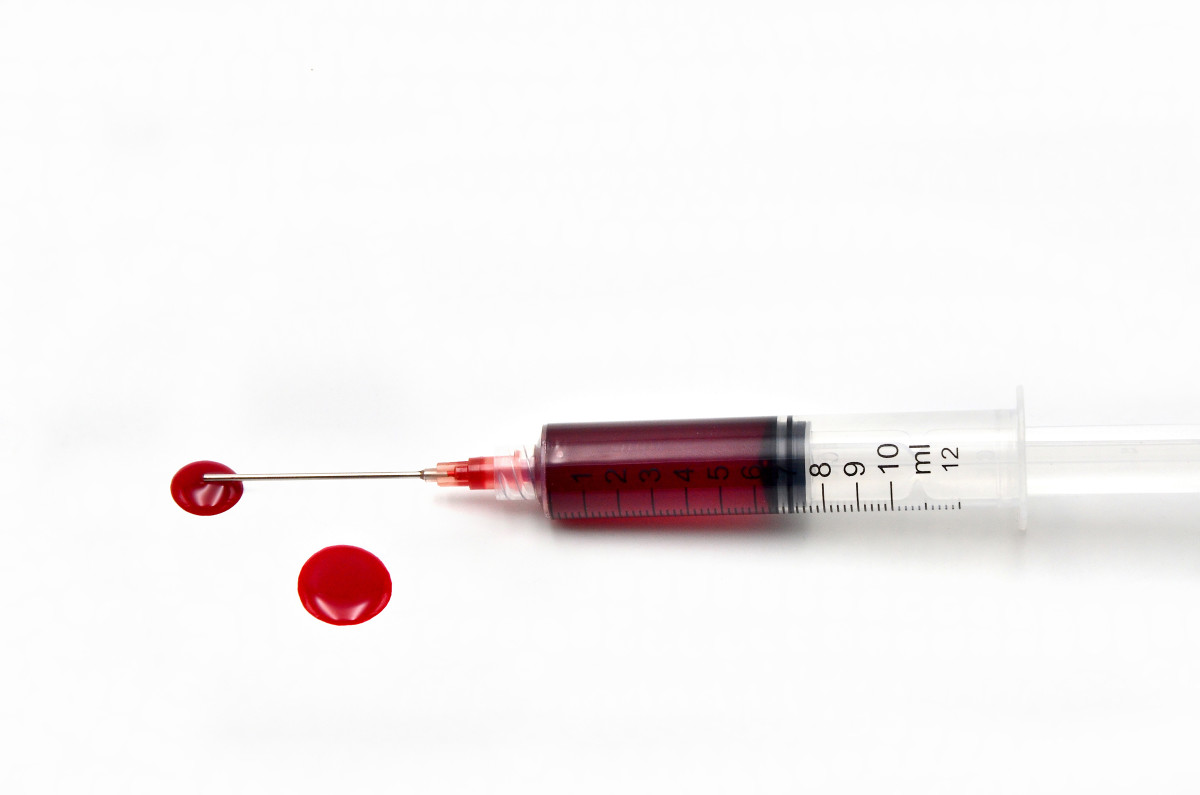
Comprehensive guidelines to assist veterinarians with identification, control and prevention of equine piroplasmosis (EP)—a blood-borne protozoal infection of equids with a mortality rate for infected horses of up to 50%—are now available on the AAEP’s website.
While natural tick-borne transmission of equine piroplasmosis in the U.S. is rare, cases have been recognized in recent years specifically involving iatrogenic transmission in Quarter Horse racehorses. Guidelines author Dr. Angela Pelzel-McCluskey, national epidemiologist for equine diseases at USDA APHIS Veterinary Services, said most of these racehorses had direct ties to unsanctioned racing and unhygienic practices by their owners and trainers.
“Re-use of needles, syringes, and IV sets, blood-contamination of multi-dose drug vials, use of illegal blood products from other countries, and direct blood doping between horses have been identified as common methods of blood-borne disease transmission in this population,” said Pelzel-McCluskey. “Equine practitioners should be aware of the risk for EP and other blood-borne diseases, such as EIA, in this high-risk population and provide educational outreach to clients on appropriate biosecurity to prevent disease transmission between horses.”
It is recommended that current Quarter Horse racehorses be routinely tested for EP and EIA during their racing careers. Equine practitioners encountering former Quarter Horse racehorses as part of a pre-purchase or routine exams should discuss with owners the risk of previous disease exposure and recommend testing.
EP is considered a foreign animal disease in the U.S. Any detection must be reported to the state veterinarian and/or to USDA APHIS Veterinary Services. Horses infected with EP can be enrolled in a USDA APHIS-approved EP treatment program, which is often successful at permanently eliminating the infection.
The EP Guidelines were reviewed and approved by the AAEP’s Infectious Disease Committee and board of directors. View the guidelines or save them to your mobile device for future reference at https://aaep.org/document/aaep-infectious-disease-guidelines-equine-piroplasmosis. Or you can download a PDF of the guidelines by clicking on the image below.

Besides equine piroplasmosis, AAEP guidelines for four additional foreign animal diseases are available at https://aaep.org/infectious-disease-control/foreign-animal-disease-guidelines. In addition, 22 equine infectious disease guidelines can be found at https://aaep.org/guidelines/infectious-disease-control/using-guidelines.
About AAEP
The American Association of Equine Practitioners, headquartered in Lexington, Kentucky, was founded in 1954 as a non-profit organization dedicated to the health and welfare of the horse. Currently, AAEP reaches more than 5 million horse owners through its over 9,000 members worldwide and is actively involved in ethics issues, practice management, research and continuing education in the equine veterinary profession and horse industry.








